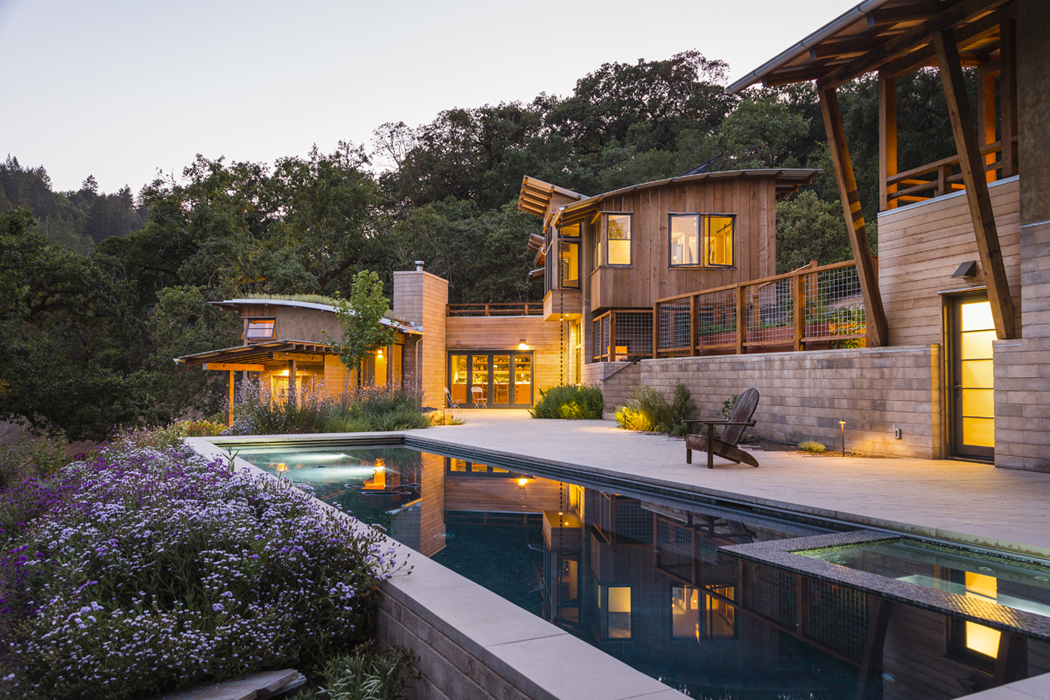Embodied Carbon Basics - Tools and Strategies
Sponsored by Vectorworks, Inc. | Presented by David Arkin, AIA
Webinar On-Demand
While reducing the operational carbon impacts of structures is important, focus has turned to the impacts of material choices and construction itself – the embodied carbon of a building from extraction, processing, and assembly of materials. This is especially important given progress towards lower carbon intensity of our grid-supplied electricity. An all-electric, grid-harmonized building will have low operational carbon emissions, thus increasing the need to focus on embodied carbon.
The AIA 2030 Commitment’s Design Data Exchange (DDx) added reporting of embodied carbon in 2020. In this session, David Arkin, AIA outlines the basics of embodied carbon, discusses materials that have low embodied carbon or store carbon, and introduces a range of tools for measuring your project’s kilograms of CO2 emitted per meter squared. Examples of carbon storing materials and the range of tools available for measuring embodied carbon will be shared.

Photo courtesy of Arkins Tilt Architects

|
David Arkin, AIA, serves on the AIA 2030 Commitment Working Group and is co-Chair of the Renewable Materials Task Force of the Carbon Leadership Forum's Embodied Carbon Network. He is a founding member and current co-Director of the California Straw Building Association (CASBA), and has taught and lectured on the subject of sustainable design for over twenty-five years. David and his wife Anni Tilt, AIA are Principals of Arkin Tilt Architects, an award-winning firm specializing in energy and resource efficient design. |
Vectorworks, Inc. is an award-winning design and BIM software provider serving the architecture, landscape architecture and entertainment industries in 85 countries. Creating intuitive software since 1985, we’ve become the preeminent software built to manage the entire design process. Globally more than 685,000 users are creating, connecting and influencing the next generation of design with Vectorworks on Mac and Windows. Headquartered in Columbia, Maryland, with offices in Newbury and London, England and Vancouver, Canada, Vectorworks is a part of the Nemetschek Group. Learn how we empower designers to create experiences that transform the world at vectorworks.net or follow @Vectorworks.
Originally published in The NEWS
Originally published in October 2022
LEARNING OBJECTIVES
- Recognize the basics of embodied carbon, and how low carbon and carbon storing materials compare with others (e.g., concrete, steel, plastics) based on the Carbon Smart Materials Palette.
- Gain a better understanding of the Earth's five natural carbon sinks—and the potential of buildings to become the sixth.
- Review some project carbon budgets using the BEAM Estimator and other tools, and how these compare with Tally, EC3, Cove Tool, and other calculators.
- Be able to name some of the benefits of working with rapidly renewable photosynthetic materials, particularly straw, bamboo, hemp, and others.











